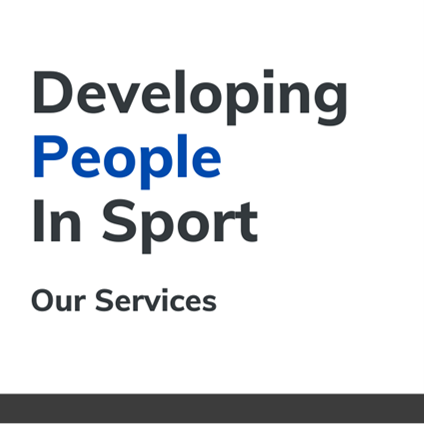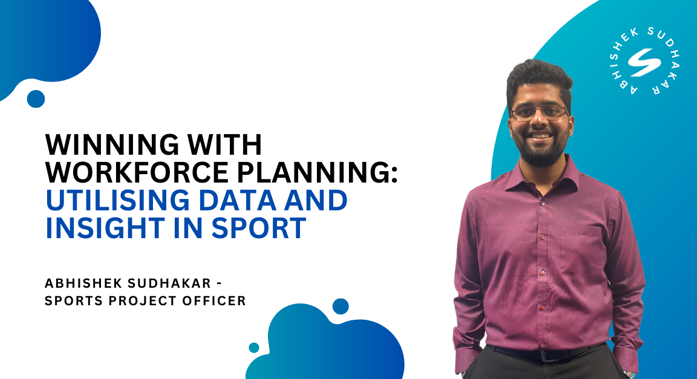Sport, as we know it, is constantly evolving, with organisations increasingly seeking new ways to improve their performance, efficiency and stay ahead of the competition. One area that is often overlooked, however, is workforce planning. By utilising data and insight to inform workforce planning, sports organisations can create a more effective and efficient workforce. We have moved into an era where data drives everything, including cars!
Data can be used to optimize workforce management, particularly in areas such as training and development. By tracking the individual performances of the workforce, organisations can identify areas where additional development is needed, and tailor training programmes accordingly. This can help to ensure that staff members are constantly improving their skills and abilities and are better prepared to compete in a rapidly evolving sports landscape.
Another important aspect of workforce management in sport is the understanding of the volunteer workforce alongside the members of staff on the payroll. It is a well-established fact that most sports would struggle without support from volunteers who selflessly devote their time to help out in a multitude of ways. Data and insight can be used to map the locations of volunteers to aid the recruitment process and to set up venues/activities in close proximity to the majority of volunteers where possible to make it easier for them to contribute to the sport.
|
We recently completed a workforce mapping project for The FA Education team, using a geo-location software to successfully identify venues to cater to the spread of their workforce. We used learner and coach developer postcodes, alongside IMD areas to geo-map venues that ensured minimum travel time to education venues for maximum possible stakeholders. Workforce mapping can also help organisations understand the demographics of their workforce, and to take a step in the direction of becoming more self-aware and socially responsible. We live in a time where Equality, Diversity, and Inclusion is starting to become one of the most important aspects of sport. |
 |
Workforce mapping can inform organisations about the percentages of their employees hailing from areas of high deprivation, the geographical spread of the workforce and the volunteer force to name a few.
Finally, data and insight can be used to improve workforce retention. By understanding what motivates and engages staff members, organisations can create more effective retention strategies that help to keep key talent within the organisation. This can include everything from offering more flexible working arrangements to providing additional training and development opportunities.
We at Sport Structures are extremely passionate about engaging with sport the right way, specialising in workforce development, ED&I, organisation development and people planning, constantly innovating, and using data and insight to inform our work to a large extent. By utilizing these tools effectively, organisations can create a more effective and efficient workforce that is better equipped to meet the challenges of the modern sports landscape. Through talent acquisition, workforce management, or retention strategies, data and insight have the potential to transform the way that sports organisations approach workforce planning and help them to achieve greater success in the years to come.

Sport Project Officer - Consultancy
Click Here to find out more about Abhishek!
Related Services

Find out more about Developing People in Sport!




